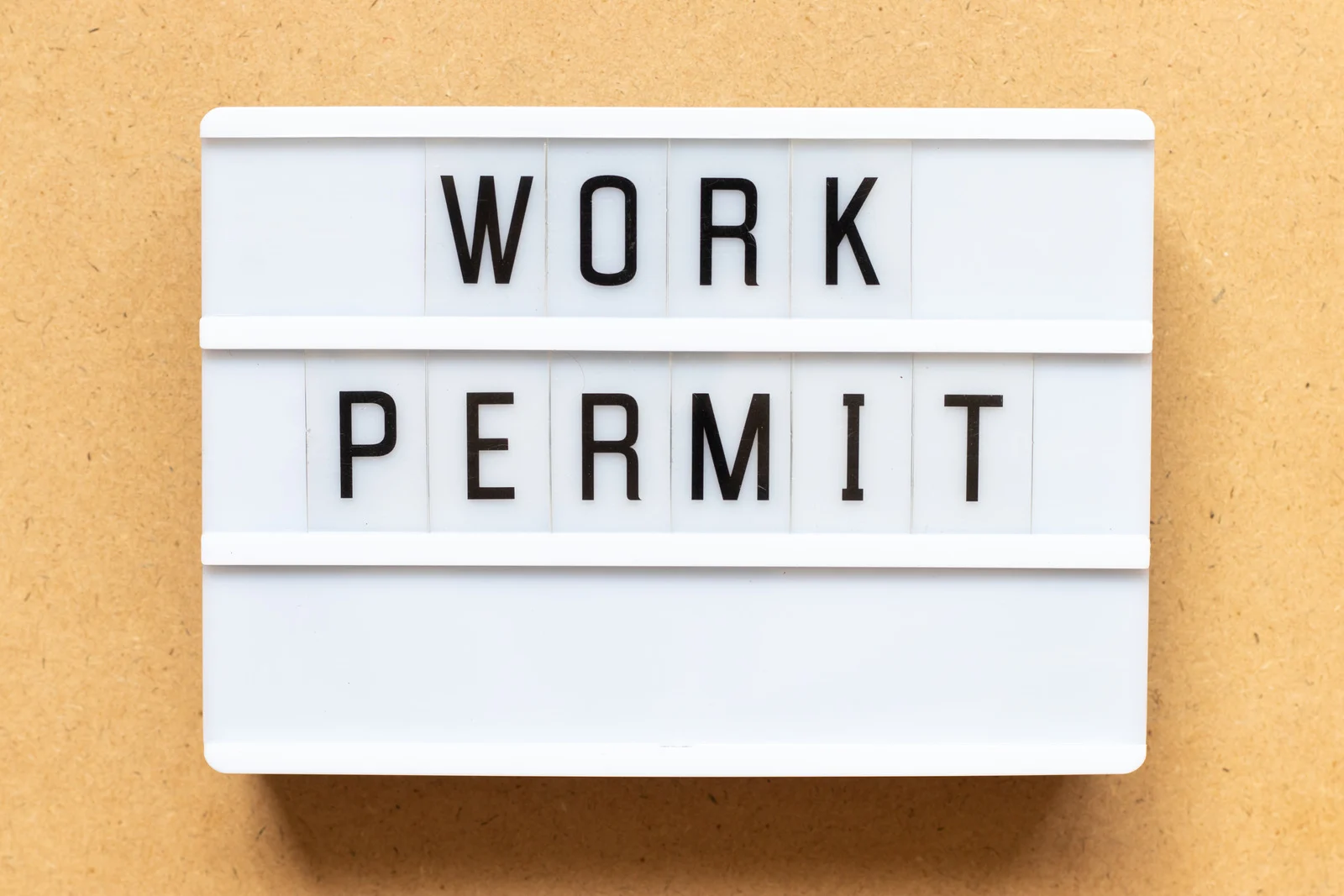
Visitor Visa to Study or Work
Turn Your Visitor Visa to Study or Work Permit
Dreaming of turning your visit to Canada into a long-term stay? If you’re currently in Canada on a visitor visa, there are pathways available to transition to a study visa or an LMIA-based work permit, allowing you to live, work, and study in this vibrant country.

Visitor to Study Visa
If you're considering furthering your education, converting your visitor visa to a study permit is a great option. Here’s how you can make the switch:
- Choose Your Program and Institution: Select a program and a Designated Learning Institution (DLI) that suits your academic and career goals. Ensure the institution is recognized by the Canadian government.
- Get Accepted: Apply to the institution and secure an acceptance letter. This letter is crucial for your study permit application.
- Apply for a Study Permit: With your acceptance letter in hand, apply for a study permit. You’ll need to provide proof of financial support, a valid passport, and any other required documents.
- Biometrics and Medical Exam: Depending on your nationality, you might need to provide biometrics and undergo a medical exam.
- Await Approval: Once your application is submitted, await approval. Upon receiving your study permit, you can begin your educational journey in Canada.

Visitor to Work Permit
If you’re looking to join the Canadian workforce, transitioning to a work permit is another viable option. Here’s what you need to do:
- Job Offer: Secure a job offer from a Canadian employer. The employer must be willing to support your application for a Labour Market Impact Assessment (LMIA).
- LMIA Application: Your employer will need to apply for an LMIA, demonstrating that hiring a foreign worker will not negatively impact the Canadian labor market. The employer must show efforts to hire Canadian citizens or permanent residents first.
- Work Permit Application: Once a positive LMIA is obtained, apply for a work permit. You will need to provide the job offer, LMIA, proof of financial support, a valid passport, and any other required documents.
- Biometrics and Medical Exam: Depending on your nationality, you might need to provide biometrics and undergo a medical exam.
- Await Approval: After submitting your application, await approval. Once approved, you will receive your work permit, allowing you to legally work in Canada.

Which Option is Better?
The decision between converting to a study visa or a work permit depends on your long-term goals:
- Study Visa: Ideal if you aim to further your education, gain advanced skills, and potentially work part-time during your studies. This path can also lead to post-graduation work permits and future permanent residency options.
- Work Permit (LMIA-Based): Best if you are ready to start working immediately and have secured a job offer. This route provides valuable Canadian work experience, which can be beneficial if you plan to apply for permanent residency in the future.

Why Make the Switch?
Educational Advancement: Enhancing your skills and knowledge through Canadian education can open doors to global opportunities.
Career Growth: Gaining work experience in Canada can significantly boost your career prospects and potentially lead to permanent residency.
Stay Longer: Transitioning from a visitor visa to a study or work permit allows you to extend your stay and fully experience life in Canada.
Ready to Make the Transition?
Take the first step towards converting your visitor visa to a study visa or an LMIA-based work permit. Embrace new opportunities for education and employment in Canada, and pave the way for a brighter future.
